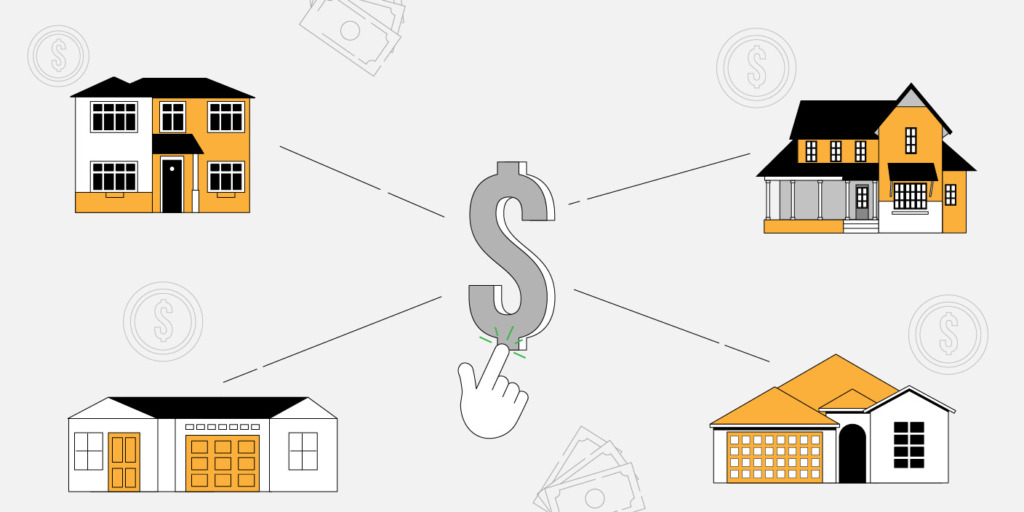

The cheapest houses in the world are in Gary, Indiana. The town’s Community Development Division created the Dollar House Program to repopulate unoccupied and abandoned homes.
Will these properties appreciate in value, and should you get them while they’re still available? Actually, these houses are not meant for speculators. But so many other properties are, and as a prospective investor, you probably want to know how to spot the good ones.
These are simple but effective rules on how to invest in real estate for beginners:
1. Choose your strategy and the level of involvement

Let’s say you want to learn how to invest in real estate for passive income. You will need an entirely different strategy than an active investor who wants to make it a long-term full-time job.
First of all, assess your options. You can:
- Follow the BRRRR method (Buy, Rehab, Rent, Refinance, Repeat), where you buy one property and build upon that first investment over several years.
- Buy a property to convert it into a short-term rental on Airbnb or Vrbo.
- Buy old houses to flip and resell.
- Invest in REITs (Real Estate Investment Trusts).
Research each strategy and assess barriers to entry, capital requirements, time commitment, regulations, and risks attached.
2. Location, location, location

No matter how good a deal on the property might be, prioritize a good location. There are no metrics to determine a “good” location, but these questions should help you:
- Is the area growing?
- What are the crime statistics?
- Are other investors interested in this neighborhood?
- Does it have a good infrastructure, most specifically roads?
- Does the area have good schools? Parks?
- What about the facilities like groceries, pharmacies, department stores, etc.?
3. Buy for the long-term
There are options to make real estate investing a short-term undertaking—for example, if you buy short-term REIT ETFs (affordable but rather unconventional). But if you decide to purchase a house as an investment vehicle, treat it as a long-term commitment.
Too many beginners have spent massive amounts of money on properties just to sell them a year later. And they are considered lucky if they make most of their money back.
Properties work best as long-term investments.

4. Diversify within the same asset class

You’ve heard this rule time and time again: diversify. But let’s bring it closer to today’s topic.
When learning how to invest in real estate, you rarely hear about diversification within the same asset class. That means you need to work your way up to own and manage different types of properties. For example, aim to have the main categories of real estate in your portfolio: residential, commercial, industrial, raw land, and special use.
On a more granular level, you can look into the following:
- Single-family homes
- Apartments
- Townhouses
- Tiny houses and cabins
- Mobile homes
- Co-ops
- Ranches
- Offices, co-working spaces
- Warehouses
- Resorts
5. Keep cash flowing
Cash flow is the glue that keeps your investments together. Even if you buy a property to grow equity over time through appreciation, you still need positive cash flow to cover operating expenses, such as your mortgage, maintenance, insurance, management fees, leasehold fees, etc.
Your investment should build your prosperity, not take money out of your pocket. If you don’t expect the property to generate cash and you don’t have other stable sources of income, it’ll just be a liability.
Conclusion
These rules are not the magic formula for success. Even with guidance and a good system, there will be challenges and you’ll probably make mistakes. Before real estate investing can produce passive income, it will be a part-time or full-time job that requires an investment of your capital, time, and effort. But it’s all for a better future. As you learn how to invest in real estate and make money, you’ll pick up other rules, too. Those will be your personal rules, suitable for your investing style and risk appetite and relevant to your experience and goals. But remember the fundamentals that helped you stay afloat from the start!





